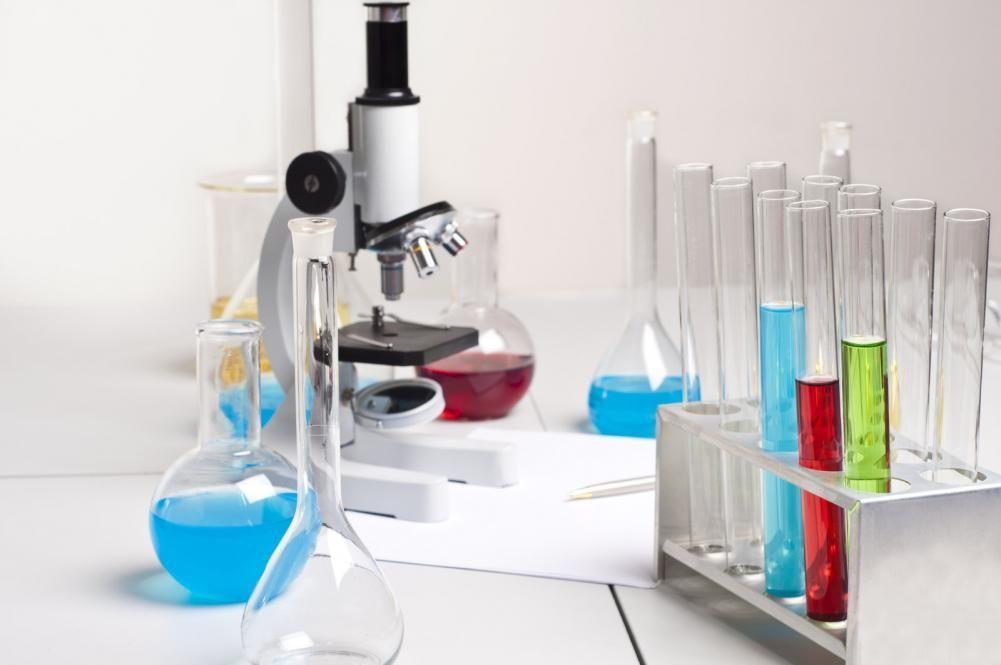Whether you’re in a professional lab or a high school science classroom, laboratory equipment can help make your job easier — or it can create an enormous mess, depending on how you handle it.
Tips for working with laboratory equipment for school or work
1. Keep laboratory equipment clean
This should be common sense for any lab setting, but it’s so important that it bears repeating. Keep your work area clean and uncluttered. Adding clutter doesn’t just make your workspace more chaotic — it could increase your likelihood of injury or error. You could grab the wrong chemical to add to your experiment or knock a glass beaker full of acid off your too-full workstation.
Work on keeping your laboratory equipment clean as well. Glassware should be cleaned and sterilized between uses to prevent cross-contamination. Any chipped or broken glassware should be disposed of properly.
2. Consider refurbishment
Refurbished laboratory equipment can be a great way to stock up your laboratory without breaking the bank, but if you’ve already got the pieces you need, why not refurbish them yourself to get the most out of them? Refurbishing a piece of laboratory equipment means taking it apart, replacing any pieces that have worn out, and re-lubricating any moving parts. Some pieces may even have their own refurbishment schedule and instructions to keep them running smoothly for years to come.
3. Keep limits in mind
Each piece of laboratory equipment in your lab is designed for a specific task and each will have upper limits for what it is capable of handling. A glass reactor system, for example, can handle temperatures ranging from -60°C to 200°C. While this is an impressive range, anything outside of that range can cause damage or even destroy the laboratory equipment. If a glass flask or beaker shatters while in use, it will end up spraying anyone in range with glass shards and whatever was in the glassware. Safety should be your highest priority, and you can stay safe by staying within the operational ranges of your equipment.

4. Calibrate laboratory equipment often
Delicate laboratory equipment can deliver detailed experiment results, but they are only as accurate as their most recent calibration. If you haven’t calibrated your laboratory equipment lately, the chances are high that you’re getting fairly inaccurate results. Most laboratory equipment will come with a detailed calibration schedule that will walk you through how to get the most accurate results — or tell you when to call a professional if necessary.
5. Heat and fire safety
If you’re working in a chemistry lab, you’re probably working with heat and fire. They’re necessary to catalyze many experiments. Keep heat and fire safety in mind while you’re working to prevent injuries. Again, stay within the operational temperatures of your laboratory equipment. Keep flammable materials away from open flames, and always point beakers and test tubes away from you when heating. Remember, hot glass looks the same as it does when cold, so always use gloves or tongs to manipulate glassware that has been over a flame, even if it looks cool.
6. Label everything
You’re likely working with dangerous chemicals and materials in your lab, so that’s where this last step comes in. Label everything. If you move acid from one container to another, label it. If you make a solution that is inert but combusts when exposed to air, label it. Keeping everything labeled will prevent you from making a mistake, choosing the wrong chemical for your experiment, or opening something that shouldn’t be opened.

Discover something new
Don’t let these tips scare you away from your dream of working in a lab. Instead, take them to heart and use them while you’re discovering something new. Properly utilizing laboratory equipment can help to ensure accurate results, prevent mistakes, and keep you safe while you’re figuring out the cure for cancer or creating the next solar battery. The possibilities are endless, as long as you’ve got calibrated lab equipment and you’re using it properly. Next time you’re in the lab, make sure that everything is labeled properly and check for refurbishment or calibration schedules for the equipment you have on hand. You might be surprised — especially in high schools or underfunded labs — how often the equipment has been neglected.








